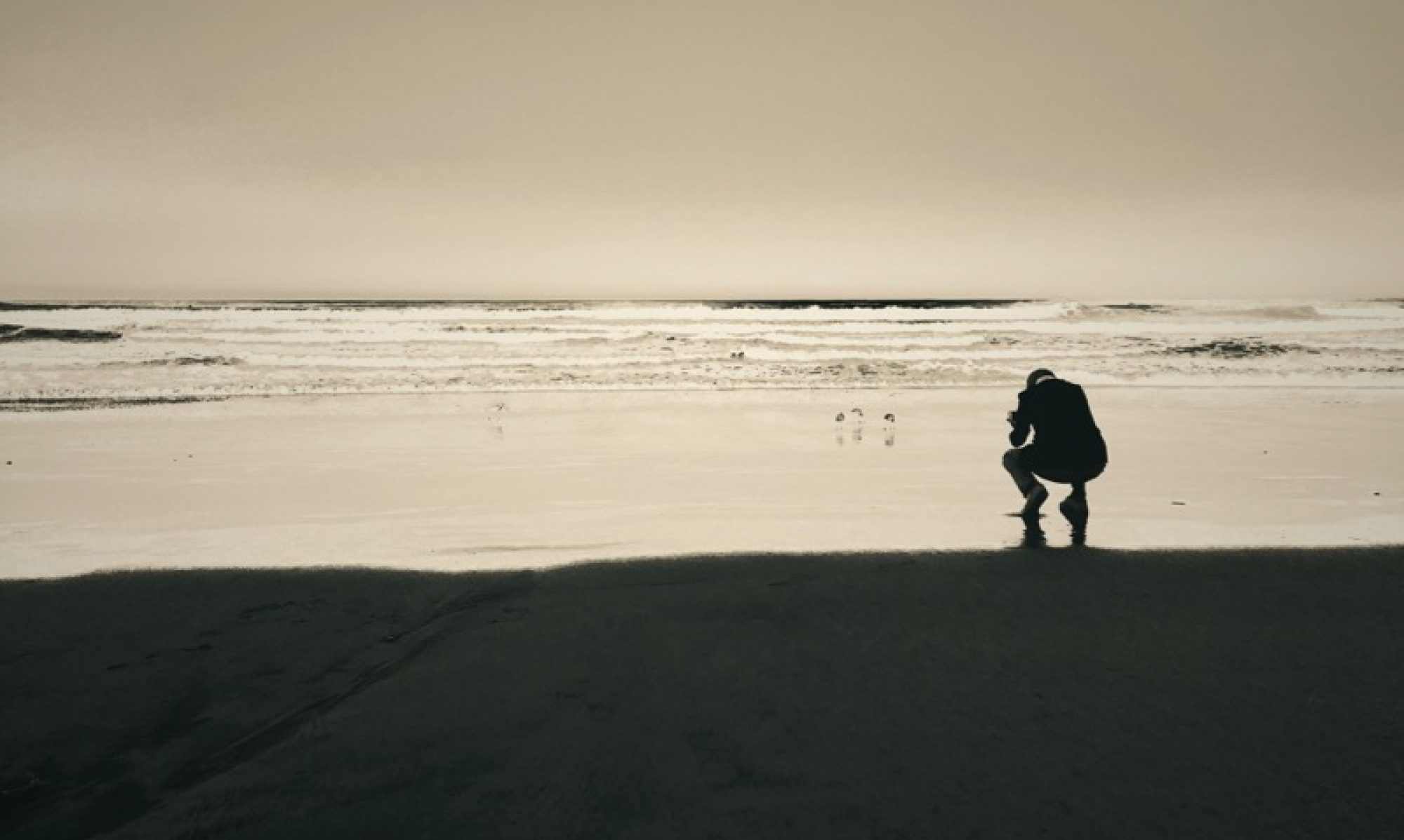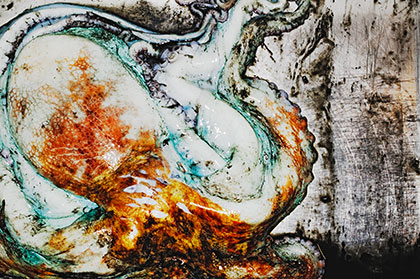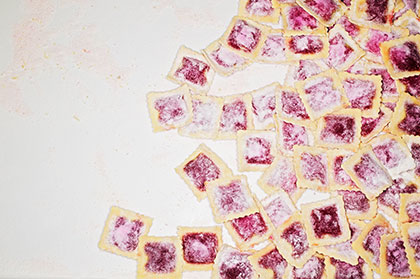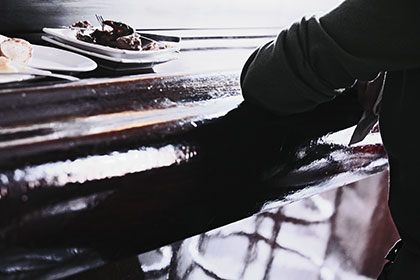In my latest entries to Jens’ blog I tried to give some last minute advice for summer traveling (fatty Spanish food, rip-offs in Venice, and so on). By now, it is nearly June and I guess that those of you who are off to Europe are already on your way. I certainly have arrived at what is inevitably the first stop on every traveler’s sojourn at her homeland: my mother’s kitchen.
I shall spare you the petty little disputes, the nasty remarks from your mother about the fat-reduced joghourt you’ve come to prefer, and the comments about you looking like a stick rather than a young woman. This is the effect of the New York Diet. Happily, you can sit through the marathon of eating at home (breakfast, lunch, cake, dinner, dessert), relying on your newly acquired ‘thin habits’. They make sure that it will be easy to skip breakfast altogether, avoid part of lunch, and decide to have your cake for dessert at night—and to still feel like you are enjoying lots of amazing food!
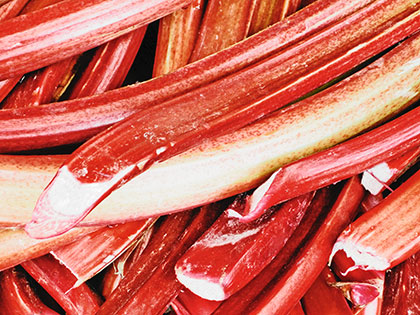
Eating my way through all the things that, in the eyes of my relatives, are unavailable in Manhattan, I found myself thinking that they are right with respect to two real spring classics: aspargus and dessert made from rhubarb. There’s lots of aspargus in Manhattan, but oddly, it tastes not at all like aspargus. There certainly is some external similarity. But once you return to Europe, you recall that it is a total fraud. Especially white aspargus is a high art, one that is seemingly not acquired in just a few decades (or even centuries) of cultivation.
However, I decided to share a recipe with you which you can actually put to use in Manhattan. In May, Italians and Austrians make all kinds of delicacies from rhubarb, and I have seen some fine quality rhubarb in Manhattan. The rhubarb is there, you only have to put it to good use! Here are three super-simple and wonderfully delicious things to do with it. The easiest: Cut it up, and cook it briefly, with lots of lemon and some sugar. You won’t believe how tasty the result is, a perfect addition to crêpe and potato pancakes of every kind, and equally nice on it’s own. Second, rhubarb cake can be made with any cake batter that you like, by simply mixing the batter with the same rhubarb-lemon-sugar mix (in this case, the mix shouldn’t be boiled for more than a minute before it’s added to the batter, and then baked in the oven). Third, the same thing is absolutely terrific as a lighter summer version of cheese-cake.
I admit that rhubarb looks a little rustic in the store, not precisely like the most elegant ingredient. But wait until you see the mix of green and pink when you cook it, it’s a design must!
Coming up: Wiener Schnitzel
